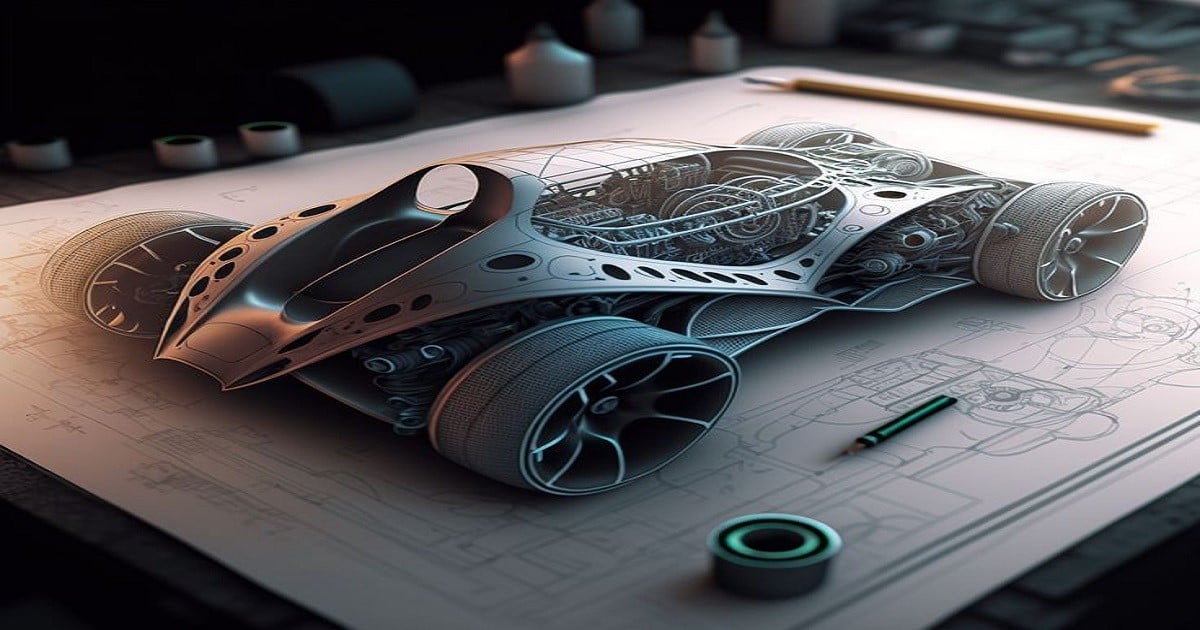Design and Manufacture of Electric Vehicles
A special issue of Designs (ISSN 2411-9660). This special issue belongs to the section "Vehicle Engineering Design".
Deadline for manuscript submissions: 31 October 2024 | Viewed by 1980

Special Issue Editor
Interests: battery reliability analysis; battery health management; battery state estimation
Special Issues, Collections and Topics in MDPI journals
Special Issue Information
Dear Colleagues,
This Special Issue, entitled "Design and Manufacture of Electric Vehicles", aims to explore the cutting-edge advancements in the field of electric mobility. As the automotive industry transitions towards sustainable solutions, electric vehicles (EVs) have emerged as a pivotal technology. This Issue will delve into the intricate process of designing and producing EVs, covering various aspects from innovative materials and manufacturing techniques to streamlined production lines and the integration of advanced technologies. Topics of interest for this Special Issue include, but are not limited to, the following aspects:
- Battery technology;
- Chassis and structural design;
- Powertrain and propulsion systems;
- Manufacturing processes and automation;
- Intelligent charging systems;
- AC-DC converters.
It is hoped that this Special Issue can provide a comprehensive overview of the challenges and breakthroughs in designing and manufacturing electric vehicles. The aim is to foster innovation and promote sustainable practices in the electric mobility sector by bringing together leading researchers and industry experts.
Dr. Quanqing Yu
Guest Editor
Manuscript Submission Information
Manuscripts should be submitted online at www.mdpi.com by registering and logging in to this website. Once you are registered, click here to go to the submission form. Manuscripts can be submitted until the deadline. All submissions that pass pre-check are peer-reviewed. Accepted papers will be published continuously in the journal (as soon as accepted) and will be listed together on the special issue website. Research articles, review articles as well as short communications are invited. For planned papers, a title and short abstract (about 100 words) can be sent to the Editorial Office for announcement on this website.
Submitted manuscripts should not have been published previously, nor be under consideration for publication elsewhere (except conference proceedings papers). All manuscripts are thoroughly refereed through a single-blind peer-review process. A guide for authors and other relevant information for submission of manuscripts is available on the Instructions for Authors page. Designs is an international peer-reviewed open access semimonthly journal published by MDPI.
Please visit the Instructions for Authors page before submitting a manuscript. The Article Processing Charge (APC) for publication in this open access journal is 1600 CHF (Swiss Francs). Submitted papers should be well formatted and use good English. Authors may use MDPI's English editing service prior to publication or during author revisions.
Keywords
- battery reliability analysis
- battery health management
- battery state estimation




